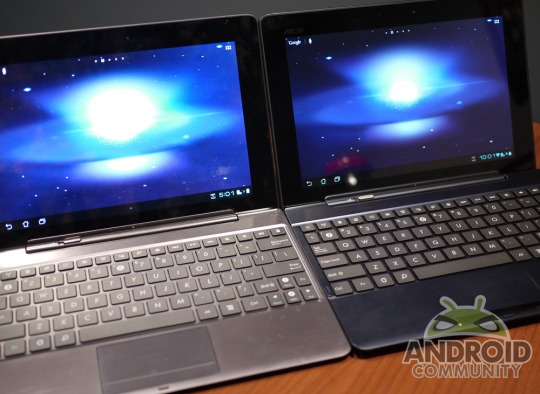
The Eee Pad Transformer Prime reigns supreme at the top of ASUS’ tablet portfolio, but the newcommmer Transformer Pad TF300 has a lot to prove. This cheaper alternative to the flagship also has an NVIDIA Tegra 3 processor, a gigabyte of RAM and it’s running Ice Cream Sandwich. The Transformer Prime is the better of the two tablets (unless you want GPS signals without a dongle) but is it $120 better? If you’re a performance junkie, you’re about to find out. Note that all tests were made on a Transformer Prime and Transformer Pad TF300 running unmodified Android 4.0.3.
Quadrant
Quadrant has become the go-to benchmark app for Android, though to be honest it’s no more or less valid than any other benchmark available. In Quadrant’s tests, which measure CPU, RAM, write speed, and 2D and 3D graphics capabilities, the Transformer Prime scored 4338, while the Transformer Pad TF300 got 3993. The Transformer Prime wins by a factor of 8.64%. (See full-sized screenshot in the Gallery.)
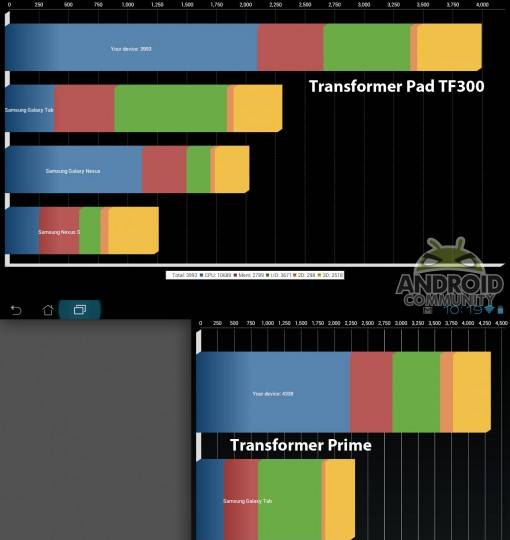
AnTuTu
AnTuTu is becoming a more popular benchmark alternative, due in no small part to its comparative database… which the Transformer Prime ruled, until the Samsung Galaxy S III came along. AnTuTu measures the CPU integer and float-point calculations, RAM, 2D and 3D graphics, database access, and SD card read and write speed. For AnTuTu the Transformer Prime scored 10,863, while the TF300 scored 9,421. Again, the advantage goes to the Transformer Prime, by a factor of 15.3%.

CF-Bench
Lastly we have CF-Bench, an app that isn’t used nearly as often as the other two, but which tests many more parameters, including MIPS performance and Java rendering for both read and write values. In CF-Bench, the Transformer Prime got an overall score of 12,640, while the Transformer Pad TF 300 scored 10,554. The Prime wins by a dramatic factor of 19.7%.

Conclusions
The old adage that you get what you pay for would seem to apply here: the Transformer Prime beats out the Transformer Pad TF300 by anywhere from just below 10% to almost 20% when it comes to pure tests of capability. But that shouldn’t deter potential Transformer Pad TF300 buyers – after all, the cheaper tablet costs 25% less than the Prime for the $379 16GB model, and the difference in storage can easily be overcome by a cheap MicroSD card.
At the end of the day, both the ASUS Eee Pad Transformer Prime and the Transformer Pad TF300 are great choices, but the TF300 is an especially great choice if you’re looking to save money and still want an excellent 10-inch tablet experience. Those looking for more utility should consider that for the just a little more than the price of a 32GB Transformer Prime, you could get 16GB TF 300 and a dock as well. But if you want the absolute best in Android tablet performance, the Transformer Prime is still the way to go.
[device id=2348]
[device id=1934]


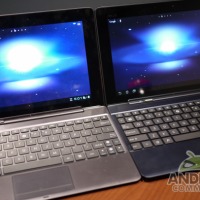
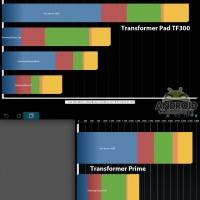
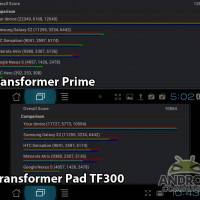
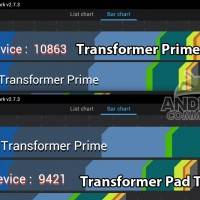
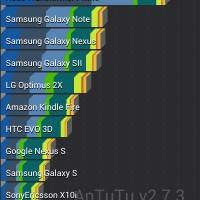

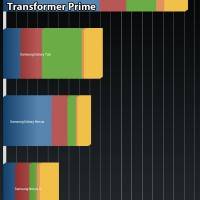
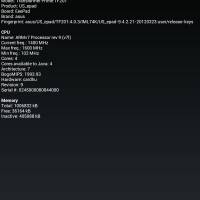



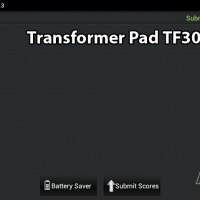

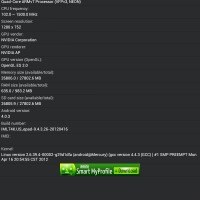
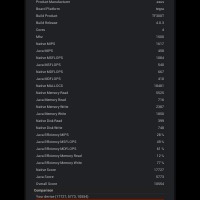








Quote “the Transformer Prime beats out the Transformer Pad TF300 by anywhere from just below 10% to almost 20% when it comes to pure tests of capability”
The TF300 CPU clock speed has been lowered from 1.3GHz to 1.2GHz, were did you get your specs from 1.4GHz for both devices??
1.4ghz if your using 1 core for either device. 1.3/1.2GHz if your using 4 cores.
I ran all of these tests on balanced mode on my tf300 and got same results as here, but I put it on performances mode and I either get same results as the prime or higher. Plus in every test I run it says the tf300 is running at 1500 MHz. Every time you shut the screen off it reverts back to balanced mode also. So I’m curious as it may be possible the tf300 was just running in balanced mode instead of performance mode in these tests?
i agree
The way ASUS handled the Prime problems left me with a bad impression. The prime has three problems1) WIFI does not get a signal when other devices do 2) GPS… need i say more and 3) Keyboard dock clips come out when tilting screen. In short a product that was rushed. They should recall it!